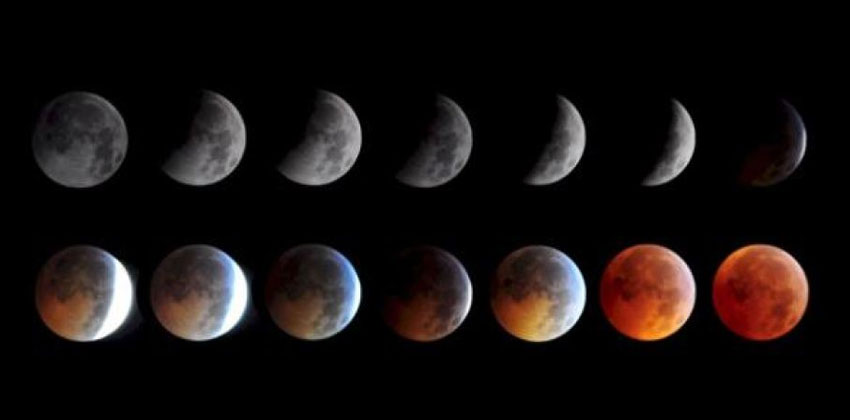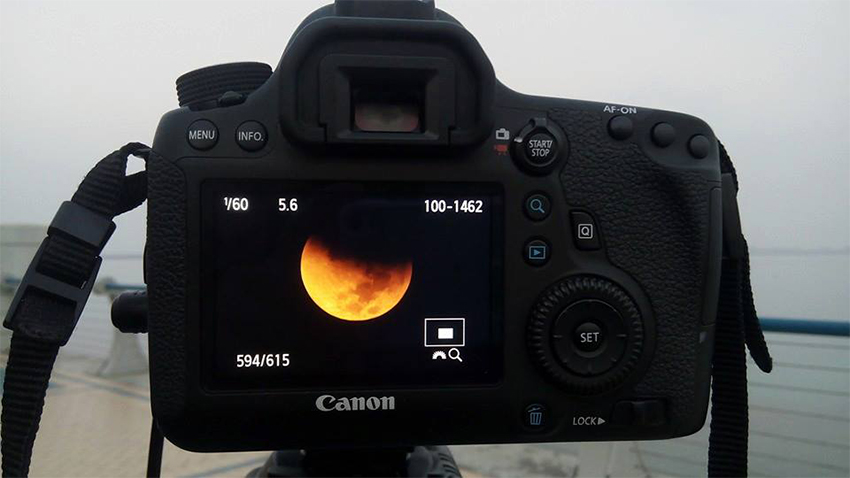The longest total lunar eclipse of the century is on July 27

Photo Courtesy: abc.net.au
The total phase of the “blood moon” eclipse of July 27 will last 1 hour and 43 minutes, during which Earth’s natural satellite will turn a red or ruddy-brown colour. From start to finish, the entire celestial event will last nearly 4 hours.
The eclipse won’t be visible to viewers in North America, except via webcasts. But observers in much of Africa, the Middle East, southern Asia and the Indian Ocean region will get a spectacular show, if the weather is favourable.
Unlike with solar eclipses, you need no special equipment to observe lunar eclipses. Lunar eclipses, which occur when the moon passes into Earth’s shadow, are safe to view directly with the naked eye, telescopes or binoculars.
The moon turns deep red or reddish brown during eclipses, instead of going completely dark. That’s because some of the sunlight going through Earth’s atmosphere is bent around the edge of our planet and falls onto the moon’s surface. Earth’s air also scatters more shorter-wavelength light (in colours such as green or blue); what’s left is the longer-wavelength, redder end of the spectrum.

Photo Courtesy: Manoj Attingal
It won’t be visible from North America, though much of the Eastern Hemisphere of Earth will see part or all of the eclipse. The entire eclipse will be visible from Africa, the Middle East and countries in central Asia. The eclipse will be visible from eastern South America as it is ending and from Australia as it is beginning.
The time of greatest eclipse will be 20:21 GMT on July 27. The total eclipse will last from 19:30 to 21:13 GMT. There will also be some time before and after when the moon is in the lighter part of Earth’s shadow, which is called the penumbra. Including that penumbral time, the eclipse will last for 3 hours and 55 minutes.
Duration of the lunar eclipse is determined as per the position of the moon as it passes through the Earth’s shadow. The moon can either graze through the cone (the center), or go right through the middle. This time, the moon is passing closer to the center and it’s therefore a little bit longer than the eclipse we had back in January 2018.
The next total lunar eclipse visible from North America will occur on Jan. 21, 2019. Totality on that day will last 1 hour and 2 minutes, and the eclipse will especially favour viewers on the West Coast.



